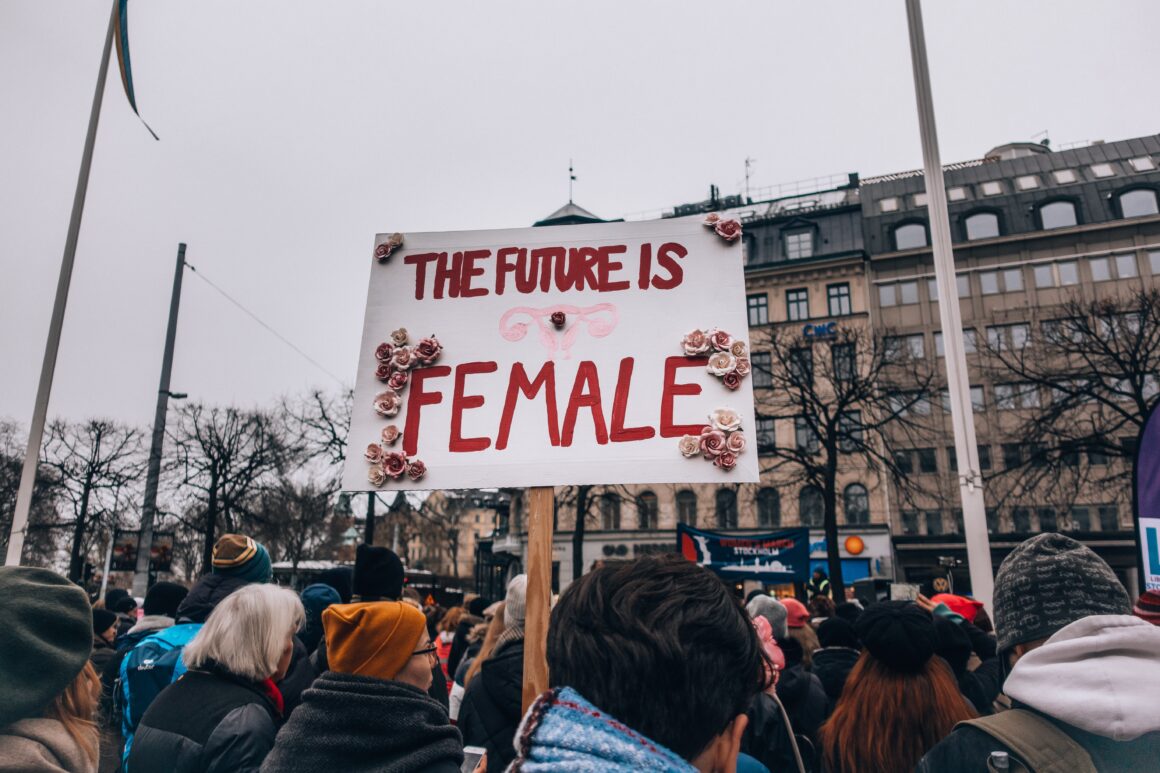
The world of current girl pop is constantly fluctuating, with stars rising and falling constantly, falling in y out of fashion, and losing the media’s favour as quickly as they potentially gained it. While there is nothing wrong with having a CIS, heterosexual, white female artists, a lot of young girls (not to say that all of girl pop artist’s fans are female) likely don’t feel truly represented by them. The media constantly portrays beauty as being synonymous with white, straight, CIS, ‘slim’, ‘curvy’, etc., and a lot of girl pop artists fit at least some of this criteria if not all of it, which could encourage young girls who are immersed in pop and general entertainment media to think that this, indeed, is the formula to being ‘successful’, or ‘beautiful’, or ‘liked’. Meanwhile, girls are capable of anything, no matter their race, complexion, designated sex, sexuality, or body features, etc. These artists will reassure young girls that success can be as diverse as they are!

1. Selena Gomez
Selena Gomez is, in terms of representation, relatable to many young girls. Selena is half Mexican and half Caucasian-Italian. Although being Mexican clearly means you are not white but mixed-race, many people assume Selena is white because she has paler skin than the more commonly accepted and recognised complexion of Mexican people. In consequence, she is commonly seen as “white-passing”, so while she does not necessarily face the prejudices Mexican people with the more common complexion would on appearance to a stranger, it is probable that she faces prejudice from her own Mexican or general Hispanic community. In POC communities, people with lighter skin and white-passing people are sometimes told they are “not black enough/Latinx enough” etc. because they do not share the darker complexion that many people in that POC community do. Many young people might feel held back from being part of their community and contributing to it because they have lighter skin than most in that community or are white-passing. Similarly, they could feel discouraged from being proud of their heritage and/or race because people tell them they are “not enough” to truly belong to that group. Selena’s existence in the media could reassure POC young people that there are many light skinned/white-passing POC who can be accepted by their community, and the world as a whole – not “not white enough” or “not POC enough”, just themselves – POC through both parents or mixed race.*
Another significant part of Selena’s background here is that she did not come from a wealthy place. Selena and her mother, the person who was responsible for the majority of her upbringing, found themselves struggling for money to the extreme at times. For example, Selena has previously mentioned that she has recalled searching for quarters with her mother in order to fill their car with fuel. Many young girls will aspire to be successful, as a musician or in another profession, and will not have privileged or wealthy beginnings. Much of the time, this presents them with less opportunity than others and less hope that they will achieve their goals if they do not originate in a wealthy background. Selena is living proof that people of any financial background can, unlike many stereotypes and expectations claim, achieve career goals and reach success.
 2. Fifth Harmony – a group comprised of Dinah Jane Hansen, Ally Brooke Hernandez, Camila Cabello, Normani Kordei and Lauren Jauregui
2. Fifth Harmony – a group comprised of Dinah Jane Hansen, Ally Brooke Hernandez, Camila Cabello, Normani Kordei and Lauren Jauregui
Fifth Harmony provide amazing representation for young POC girls. Three members of the group, Camila Cabello and Lauren Jauregui, are of Mexican and/or Latin American descent. All three of them speak Spanish fluently, and have spoken it to fans when meeting them, in live performances of songs, and in videos posted on behalf of the band. Camila has a Mexican father and a Cuban mother, and had lived in Cuba and Mexico before she moved to Miami when she was 5. Ally, born in Texas, is of Mexican descent. Meanwhile, Lauren is of Cuban descent. This is a positive representation of young girls, especially young girls living in the US, because it not only proves that there are talented Hispanic women in the media, but that there are many Hispanic women in the US, as 3/5 of the band are Hispanic. Usually, Hispanic women are not represented in the media, especially in fictional entertainment, and if they are it will be a single character, rarely a group of people. This part of the band accurately displays that the US is significantly populated with Hispanic people.
Dinah Jane is also of POC descent. She is Polynesian, specifically Tongan. Now, having a POC in the media is great as it is, but Dinah Jane is surely an amazing role model because she is one of the only, if not the only, Polynesian woman in the world of fame. This is the start of a new frontier of representation for people who are in a small population of POC, like Polynesians.
Finally, Normani is African American. There are numerous AA people in the media, but still, racism is evidently rampant and frankly insane in the world today, especially in the US, where being killed by police officials purely for being black is so common many have become desensitised to it. Normani is a strong young woman who stands up with people of her race and unites with her band, other young POC women, and shows young girls and the world in general that POC girls can and will continue to win.

Halsey is a person who I have personally been following since she had around 50K followers on Twitter (this is bearing in mind she now has 2.7 million followers). Through that time, I have witnessed her suffer a lot of negativity and hatred. She is mixed-race, with a Caucasian-Italian mother and an African American father. However, she is white-passing, like Selena, so she is subject to prejudice from people outside the black community and inside it because they doubt her blackness. Also, she is openly bisexual. She is commonly referred to as a person who uses bisexuality as ‘a trend’, or isn’t ‘truly bisexual’ because she has not yet included ‘she/her’ pronouns in her songs about sexual/romantic relations (although she plans to use those pronouns more in her next album). Many bisexual girls also face constant judgement, and bisexuality is believed to be ‘fake’ by many people, even today. Through all of this, Halsey has remained steady, defiant and has not been afraid to retaliate. This can encourage young girls, like her or unlike her in their minority groups, that you can power through and believe in your own validity as a person in a minority.
 4. Adele
4. Adele
Adele is one of the highest selling pop artists of the world today. Coming from Tottenham, London (she came from the same borough, Haringey, as me. I show off about it all the time), a place that has a reputation for being ‘rough’, she managed to become the most successful singer in England. Adele, with her beautiful gowns and simple yet gorgeous makeup, is seen to be one of the most glamorous people out there. Despite this, she is not the typical image of ‘glamorous’ that the media portrays, because she is not slim. As previously mentioned, the media and press generally portray glamour and beauty as being synonymous with ‘slim’. Many young girls will not have the same body type as the one that is seen to be the key to success, so they might be strongly discouraged and convince themselves that they cannot be beautiful or successful because of it. Adele is, however, defiantly not in the ‘slim’ category and is renowned as a magnificent and beautiful woman, helping young girls around the world to realise that beauty is not ‘one size fits all’.

5. Demi Lovato
Demi Lovato, a few years ago, was the talk of the media. She was prone to outbursts of physical aggression, and had been pictured and filmed with injuries on her body that were found to be self-inflicted. It was soon discovered that Demi had had a history with self-harm, and physical aggression caused by mental emotional struggle. It is very common for young girls to have mood disorders such as clinical depression that could cause them to want to harm themselves and/or others, which is what Demi was seen to have suffered. Through it all, Demi overcame her suffering and is now a healthy young woman who no longer harms herself or inflicts pain on others. This sends a strong message to many young women who feel that their sickness is impossible to overcome and that they will always be mentally unwell. They can power through it with time and care, just like Demi did, and can transform like Demi from an unhappy and vulnerable person to a healthy and confident one.


